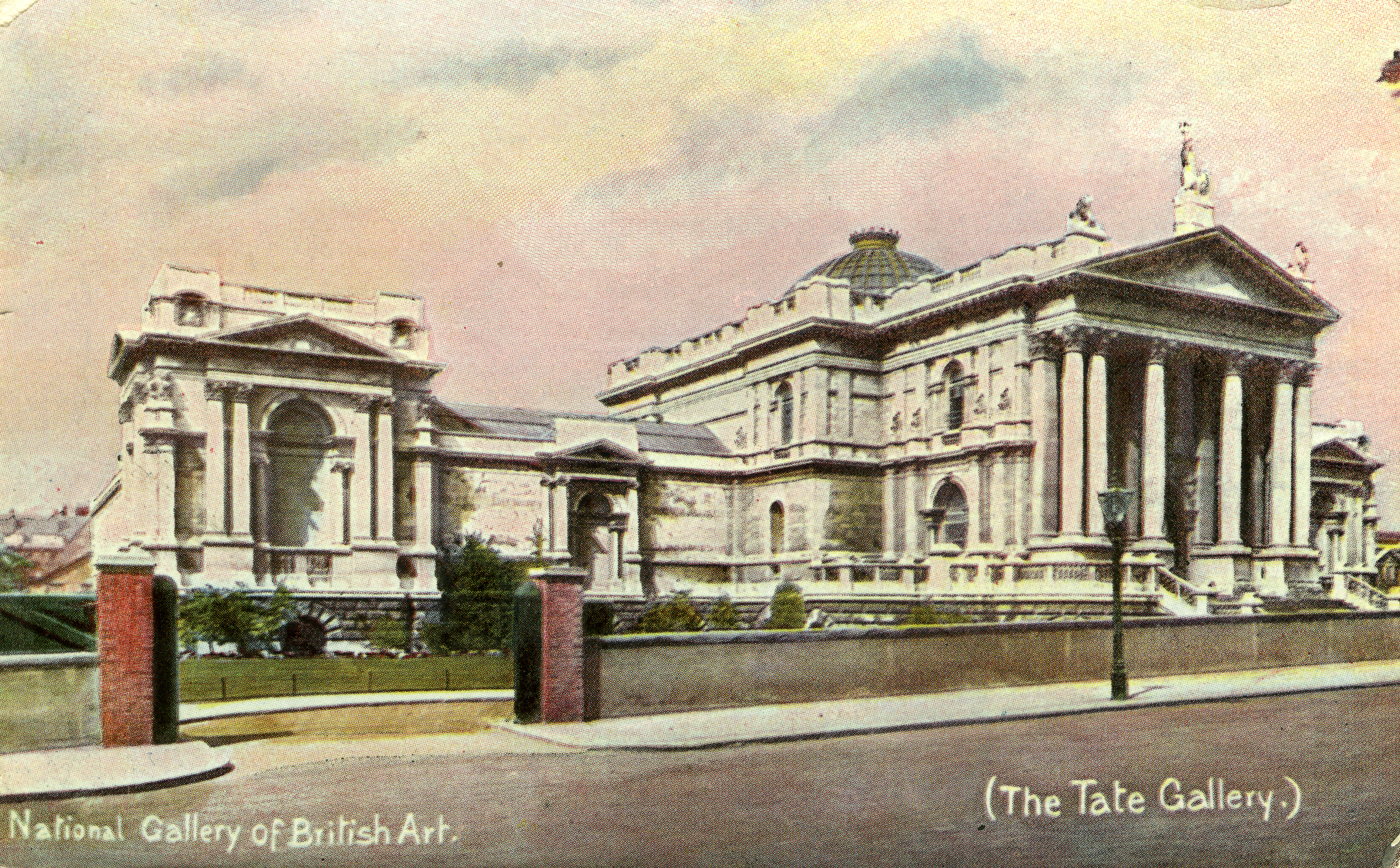—

exhibition Details
Tate opened as the National Gallery of British Art on its Millbank site in London in 1897, nine years after Auckland Art Gallery Toi o Tāmaki opened its doors as part of a Free Public Library and Art Gallery in 1888. The late 19th century saw a boom in the building of public art galleries, which became an essential cultural feature of many cities and ushered in a new age of free access to the arts. In 1901 the expatriate New Zealand artist Frances Hodgkins, in London for the first time, wrote: ‘the free provision of art and music that is made for the public is wonderful – there is no need to be ignorant in London – the Tate gallery and Hertford House are both free.’ Over 50 years later Frances Hodgkins’ memorial exhibition was held at Tate, when she was at the height of her posthumous fame in Britain. Towards the end of her life she wrote to John Rothenstein, Director of Tate from 1938 to 1954, that ‘It gives me intense pleasure to know my painting [Loveday and Ann, 1915] is enshrined in glory at Millbank.’
The first significant interaction between Auckland Art Gallery and Tate was the 1937 exhibition Loan Collection of British Masters from the National and Tate Galleries, London, which toured New Zealand and Australia to much acclaim. Organised by the Empire Art Loan Collections Society, founded by Dunedin-based Sir Percy Sargood and chaired by the then Director of Tate, J B Manson, the Society’s aim was to bring ‘outlying communities of the British Empire into closer touch with “a greater field of Art”.’ The show attracted crowds in Auckland, as the handwritten visitor numbers kept at the time attest. School groups were especially encouraged and were let into the show in ‘relays’. It would be 70 years before another major exhibition of works from Tate toured to Auckland with Art & the 60s: From Tate Britain in 2006.
Aside from exhibitions, Tate’s outreach to the wider world includes access to its art scholarship. Auckland Art Gallery Library’s records show that the Tate began sending free copies of its publications in 1953, the year the Gallery’s reading room opened. A formal publication exchange was set up between the two institutions which continued for over 60 years, with exhibition catalogues increasing in both scale and sophistication over that time. The first catalogue received from Tate was on the work of Matthew Smith, British painter of nudes, still life and landscapes who features in The Body Laid Bare.
- Date
- —
- Curated by
- Catherine Hammond and Caroline McBride
- Location
- Research Library Display Case
- Cost
- Free entry